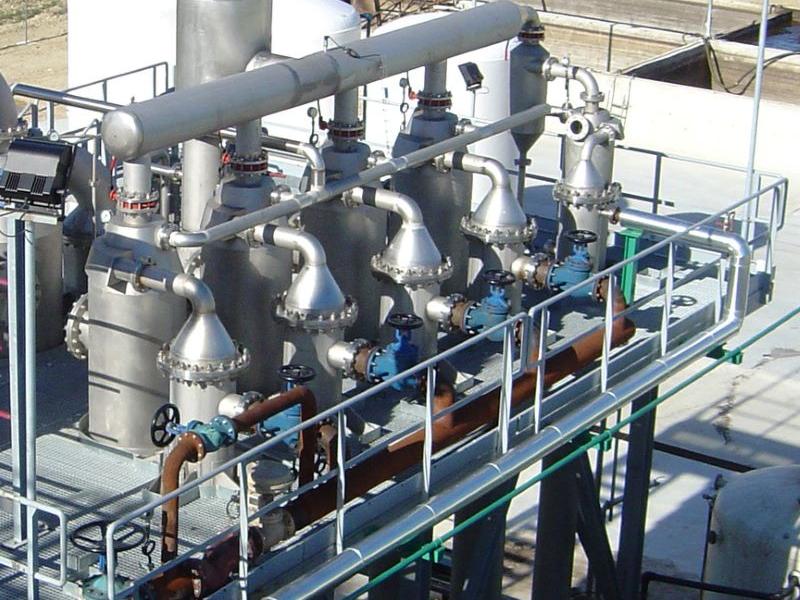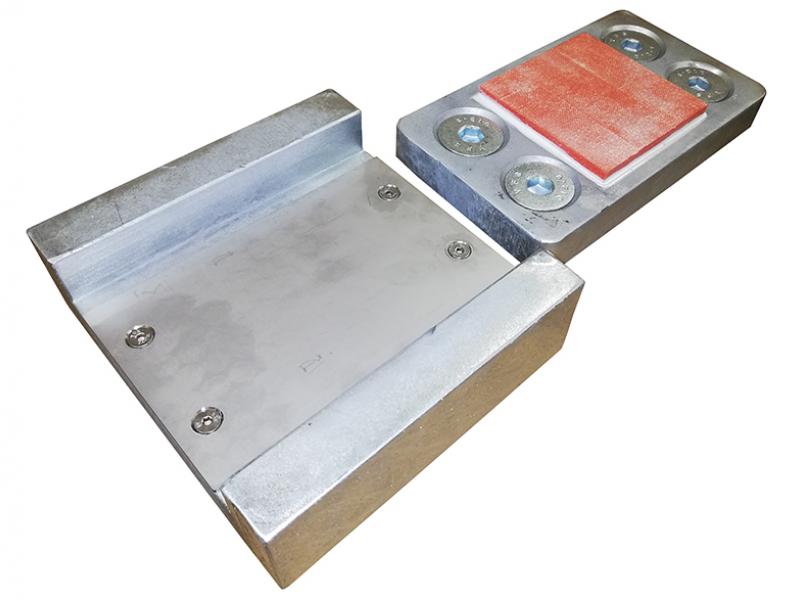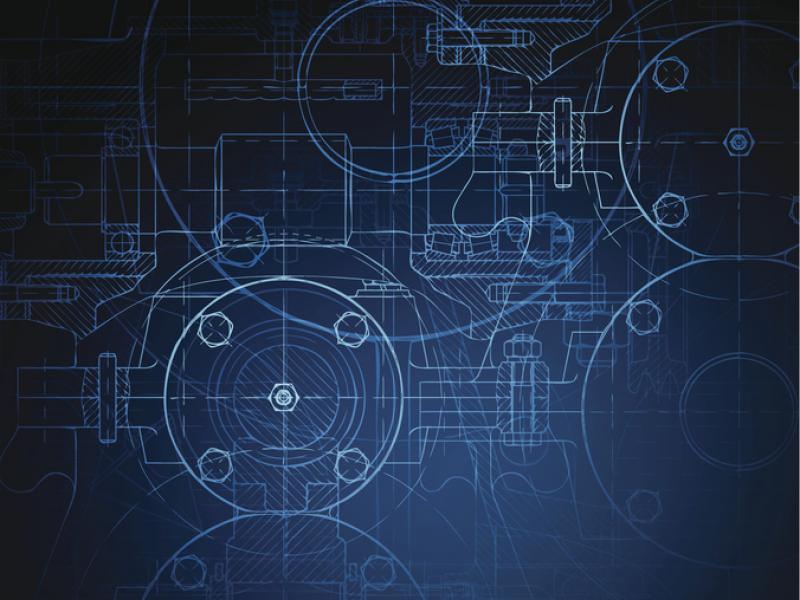Almost every day we hear about advances in 3D printing technology, how it has just been used to produce house parts for a building or costume parts for the movie Iron Man 2.
Equipment manufacturer 3D Systems Corp has even announced it will create a 3D printer for foods and demonstrated a machine at a conference by printing candy.
So it’s not surprising that many manufacturers and industrial organisations are already using 3D printing. For the most part they are using the technology – commonly available 3D printers that render items in plastic – in a research and development setting and for prototypes.
But now a 3D printer is available for less than $1,500 that can render items of metal. Among the industries that IFS serves, this presents immediate opportunities for make-to-order manufacturing and spares and repairs.
The implications for spares and repairs inventory are obvious – rather than keeping safety stock on hand, parts could be printed as needed from a stock of materials. In the oil and gas industry, for example, where space for parts inventory is limited, this is very attractive.
3D printing faces some barriers before it is more widely adopted. One of those is the implementation of information systems that protect the integrity of the new manufacturing process.
Factories of the future
In the traditional way that goods are manufactured, products are produced on mass and then the manufactured goods are pushed out and distributed through warehouse networks to customers.
This has a very large carbon footprint, high transportation costs, long lead times and little flexibility to react to changing customer demands.
Parts like this may soon be commonly produced using 3D printing.
If you look at the 3D printing supply chain picture of the future, it is very different. Demand will be pulled by the customer, which will then trigger products to be locally printed and distributed.
In this scenario, the carbon footprint is a lot smaller, there are low transport costs, and the lead time and reactiveness is short. Taken to the extreme this could result in customers having printers on their own premises with blueprints downloaded on demand – eliminating the supply chain altogether!
Both the immediate opportunities and the future scenarios I have outlined for 3D printing create new challenges, in particular ensuring the quality and authenticity of products.
This will require important changes in the way that information systems – in particular enterprise resource planning (ERP) applications – support the manufacturing process.
Ensuring product quality
A good example of where the technology can be used to good effect right now is where a customer requests the repair of an obsolete product for which spares can no longer be obtained – with 3D printing these can be printed on demand.
One of the key challenges holding this back is that, since many companies operate in heavily-regulated industries, the quality aspect of printing spares locally needs to be better understood publicly before it can replace traditional methods of manufacturing.
To address these challenges, manufacturers will need to employ ERP systems in new ways, including:
• Manufacturers using 3D printing will need process manufacturing software in their ERP application. 3D printing constitutes process manufacturing. You are taking specific alloys or materials and combining them through a process that may involve heat or other chemical reactions in order to create something new. So even if you think of yourself as a discrete manufacturer, you will become a process manufacturer as well if you engage in 3D printing.
• Having an ERP system with document control capabilities will be more crucial than before. You will have to ensure that the blueprints that you make available, or create, are of the correct revision and that the correct material is used in the 3D printing process. From a development point of view, this could be interesting, in that you will create a prototype item using 3D printing for a finished part that will always be 3D printed – whereas at the moment 3D printing is mainly used in the prototype phase and the finished part is manufactured traditionally.
• It will also be more important than ever to maintain records of the chemical components and constituents that each SKU or part is made of. And while inventory for spare parts may be reduced, an enterprise application will need sufficient forecasting functionality to determine the amount of raw materials that will be consumed over a given period, and how much usage the 3D printer will receive.
• The 3D printer will need to be set up as a workstation in ERP, with elements of enterprise asset management (EAM) present to ensure consistent maintenance has been performed on it. You will also need to be able to facilitate regular quality checks of parts produced so you can determine that they conform to specifications and functional requirements.
The problem of authenticity
Today, it is true that any competitor or other organisation can reverse engineer one of your products.
But with 3D printing, that product or part can be replicated much more rapidly since there is no need to develop tools, dies, fixtures, jigs, etc. It will be difficult to determine whether you are purchasing genuine replacement parts for industrial equipment.
3D printing to be authentic, the customer needs to be assured that the product is from the true supplier as opposed to a fake copy. So part serialisation will become far more important than ever before.
The type of serialisation functionality normally associated with highly-regulated industries like aerospace and defence and medical devices may become attractive to industry at large and adopted far more broadly.
This can be achieved in the ERP system so that when the blueprints are downloaded for printing, there is a serial ID attached to it that corresponds to the serial ID in the ERP application.






